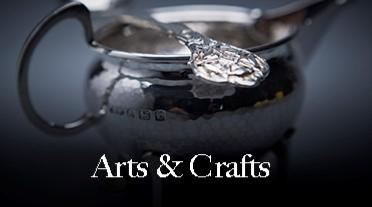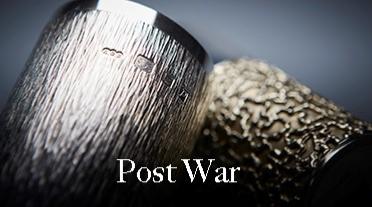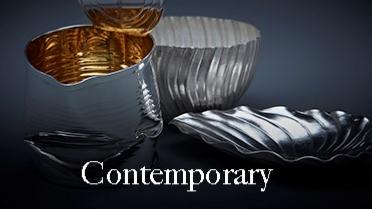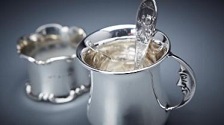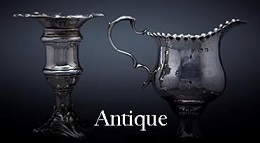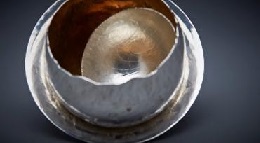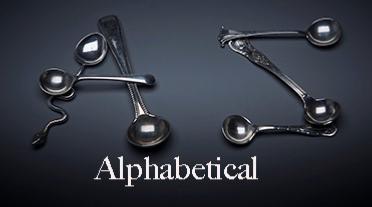DO YOU NEED ASSISTANCE?
07765223712
07765223712
- Animals
- Modern Design
- Gifts
- Table & Home
- SILVER TABLEWARE & HOME
- BISCUIT BARRELS
- BOWLS
- BUTTER SHELLS - DISHES
- CANDLESTICKS & CANDLABRA
- CANDLESNUFFERS
- COFFEE POTS & CAFETIERE
- CREAM JUGS
- CRUETS & CONDIMENT SETS
- DISHES & BASKETS
- KNIFE RESTS
- MARMITE LIDS
- MATCHSTIKERS - LUCIFERS
- MUSTARD POTS & COLMAN'S
- NAPKIN RINGS
- PEPPER POTS
- PEPPERMILLS & SALTMILLS
- PHOTOGRAPH FRAMES
- SALT CELLARS
- SALVERS - WAITERS
- SAUCEBOATS
- SUGAR CASTERS
- TEA POTS & TEA SETS
- TEA STRAINERS
- TOAST RACKS
- TOMATO KETCHUP LID
- TRAYS
- UNDERPLATES
- VASES & EPERGNES

- Drink Related
- SILVER BARWARE - WINE - DRINK RELATED
- BEAKER TUMBLER CUP GOBLET
- BOTTLE STOPPERS
- CLARET JUGS
- BOTTLE COASTERS
- COCKTAIL ITEMS
- CORKSCREW-BOTTLE OPENER
- DECANTERS
- DRINK STIRRERS
- HIP FLASKS
- ICE BUCKETS - WINE COOLERS
- ICE TONGS
- MUGS
- QUAICHES
- SPIRIT MEASURES
- STIRRUP CUPS
- WATER JUGS
- WINE FUNNELS & STANDS
- WINE LABELS
- WINE TASTERS - TASTEVINS

- Cutlery
- CUTLERY - CANTEENS - FLATWARE
- ASPARAGUS TONGS
- BASTING SPOONS
- BERRY - FRUIT SPOONS
- BUTTER KNIVES
- CAKE FORKS
- CAKE - PIE SLICES
- CANTEENS of CUTLERY
- CARVING SETS
- CHEESE KNIVES-----------STILTON SCOOPS
- FISH KNIVES & FORKS-----FISH SERVERS
- FORKS
- GRAPE SCISSORS
- GRAPEFRUIT SPOONS
- JAM SPOONS
- KNIVES
- LOBSTER & CRAB PICKS
- MARROW SCOOPS
- OYSTER FORKS
- PICKLE FORKS
- SALAD SERVERS
- SAUCE LADLES
- SKEWERS
- SOUP LADLES
- SPOONS
- SUGAR SIFTER SPOONS
- SUGAR TONGS - NIPS
- TEA KNIVES
- TOASTING FORKS
- TODDY LADLES

- Antique
- Collectables
- Collectables
- BOOKMARKS
- CADDY SPOONS
- CARD CASES
- CAYENNE PEPPER POTS
- MARROW SCOOPS
- MEAT & GAME SKEWERS
- MENU HOLDERS-------------------PLACE CARD HOLDERS
- NOVELTY PEPPER POTS
- NUTMEG GRATERS
- ROYAL RELATED ITEMS
- SCENT - PERFUME BOTTLES
- SCOTTISH PROVINCIAL SILVER
- TEA CADDIES
- THIMBLES AND SEWING ITEMS
- VINAIGRETTES
- WINE LABELS
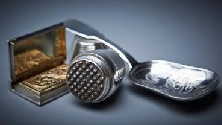
- Recently Added
- Alphabetical
- Wedding
- About Us
- History of Styles Silver
- Our Shop
- We Buy Silver
- Contact us
- Payment and Delivery
- Payment Options
- Delivery Information
- Overseas Customers
- Other Info
- Engraving
- Books for sale
- Post War Article
- Terms and Conditions
Copyright © 2022 - Styles Silver: Antique Silver Items & Ornaments for Sale



